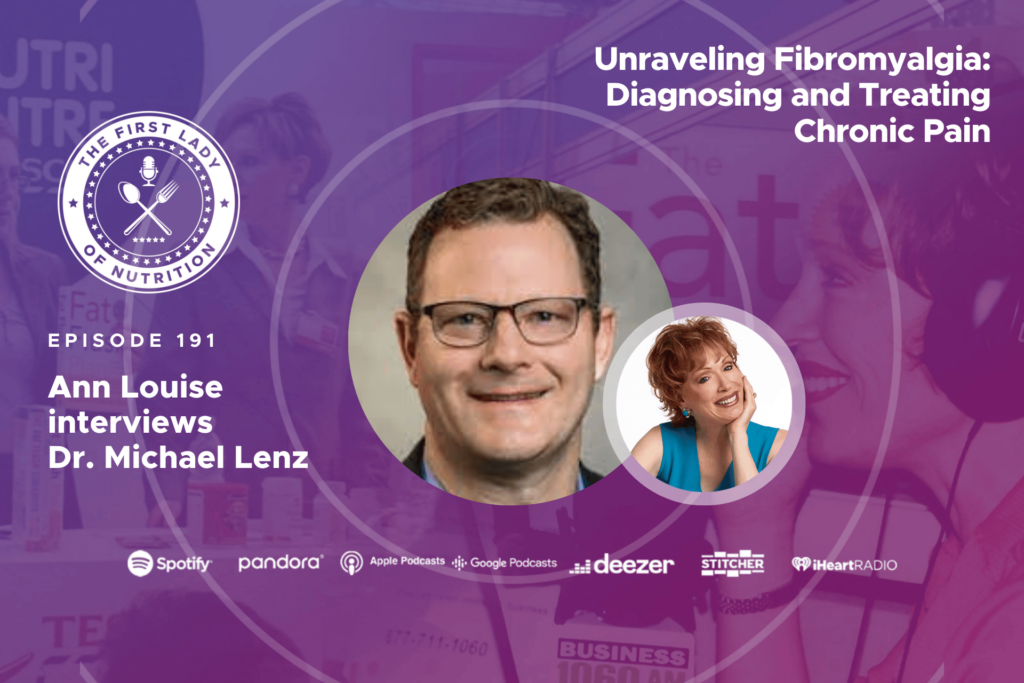 Invisible, odorless, and silent, wireless radiation wreaks havoc 24/7.
Invisible, odorless, and silent, wireless radiation wreaks havoc 24/7.
Having trouble focusing? Can’t sleep through the night?
Those are just some of the symptoms of attention deficit disorder (ADD) and/or attention deficit hyperactivity disorder (ADHD). A genetic disorder affecting an estimated 3 to 5% of children and adults worldwide—in some countries like Australia as high as 11%—attention deficits are believed to have both environmental and nutritional components.
If attention problems and/or hyperactivity come on suddenly, though, wireless technology and other forms of electromagnetic fields (EMFs) may be to blame. While all the known mechanisms aren’t clear, “there is no question that EMFs impact concentration,” says Camilla Rees, who founded ElectroMagneticHealth.org.
“The son of a friend of mine was having a terrible time in boarding school,” suffering attention problems, forgetting his homework, not attending classes, feeling irritable, Rees says. While the school had been recommending drugs for ADD for months, this student’s problems were resolved once a wireless router—that measured levels of extreme concern—was discovered above his bed.
That’s not the only risk from WiFi! Research at Trent University in Canada links a number of health problems increasing at alarming rates—asthma and other respiratory illnesses, chronic fatigue, diabetes, fibromyalgia, mood disorders, and multiple sclerosis—to electromagnetic sensitivity.
“The connection between electromagnetic pollution and these disorders needs to be investigated, and the percentage of people sensitive to this form of energy needs to be determined,” says researcher Magda Havas, PhD. In one study of a Toronto school, she discovered much lower levels of ADD/ADHD, as well as students needing asthma inhalers, after electromagnetic filters were installed—without the knowledge of either faculty or students.
Dr. Havas thought that a small percentage of the school population might be hypersensitive to WiFi and other EMFs there, but the results were stunning. “Instead of 2%, 55% improved. I thought, ‘This is unheard of. It can’t happen.'” No matter how often she recalculated the data, though, the percentages remained the same. And a similar study shows comparable findings in a Minnesota school.
Yet another study shows that exposure to dirty electricity and radio frequency radiation noticeably raised blood glucose levels within 20 minutes in a 57-year woman with Type 2 diabetes. Not only was her blood sugar lower but her headaches, joint pain, and nausea were also absent once she was no longer exposed to EMFs. “Type 1 diabetics require less insulin and Type 2 diabetics have lower blood sugar levels in an electromagnetically clean environment,” Dr. Havas adds.
Dr. Ann Louise’s Take:
EMFs in the form of dirty electricity and radio frequencies (RFs) from wireless devices, faulty wiring, and electronic equipment are the latest environmental hazards. We generate this EMF “dirt” in our homes, as do our neighbors, our kids’ schools, local offices, and factories.
For years we assumed this form of energy was not biologically active, meaning that it did not impact living systems. Now we’re discovering otherwise—with an array of unwanted symptoms from ADD/ADHD to diabetes and other chronic diseases.
“Concern over health hazards from EMFs has increased as the use of cell phones and other wireless devices has grown in all segments of society, especially among children,” says David O. Carpenter, at the Institute for Health and the Environment at the University of Albany. “Individuals who begin exposure at younger ages are more vulnerable.”
“It is estimated that as much as 50% of the population may be hypersensitive to dirty electricity,” says electrical engineer and environmental consultant Larry Gust, although the figure generally bandied about in some scientific circles is more like the 2% as Dr. Havas originally expected. Since children are more sensitive than adults, “dirty electricity in schools may be interfering with education and possibly contributing to disruptive behavior,” Gust adds.
Take Action
Half of all Europeans want more information on EMFs, a new survey shows, and 58% believe national authorities aren’t doing enough to protect them from potential risks. Because Americans are less concerned, it’s important to educate yourself by visiting sites like www.electromagnetichealth.org.
To check out how safe your own home is, you’ll need EMF detection equipment. If you discover problems, you may want to order the Graham-Stetzers Filters used in Dr. Havas’ research. (I have 40 such filters in my home.) Designed by Dr. Martin Graham (professor emeritus at UC Berkeley’s Electronics Research Lab), these filters measurably reduce dirty electricity.
“When filters to reduce the dirty electricity are installed in homes and schools, symptoms such as chronic fatigue, depression, headaches, body aches and pains, ringing in the ears, dizziness, diabetes, impaired sleep, memory loss, and confusion are reduced,” says Gust. For more on remediating health hazards in homes and schools, go to www.buildingbiology.net.
Sources:
https://electromagnetichealth.org/electromagnetic-health-blog/new-survey-shows-half-of-europeans-want-more-information-from-eu-on-electromagnetic-fields/
Personal communication: Camilla Rees, 6/21/10
https://www.ncbi.nlm.nih.gov/pubmed/20429163
https://www.ncbi.nlm.nih.gov/pubmed/20336048
https://www.ncbi.nlm.nih.gov/pubmed/19513546
https://www.ncbi.nlm.nih.gov/pubmed/18568931
https://www.ncbi.nlm.nih.gov/pubmed/18556048
https://www.ncbi.nlm.nih.gov/pubmed/17178585









5 Responses
A nagging question: does just having a router in the house have an effect even if no computer is switched on to receive signals? Should router be removed and return to use of wire connection? How much is radiated simply via the wire from the receiver on the house roof? I appreciate the fact that you are covering this topic! A refreshing result may be that we, as society, return to speaking with one another face to face more often and that hence real communication improves … what an excellent way to build lasting and loving relationships!!
First thing you can do is disable SSID broadcast on your wireless router. This will make wireless work only if it has some device connected and active.
In fact, most people can avoid using wireless connection in their houses as all laptops/desktops could be connected to the internet through “wired” LAN mode (using standard ethernet cable). Then you can turn wireless off on your router. We only turn it on when we need to download something on our Kindles or watch Netflix movies using Playstation. If you need tablets (these cannot be connected by ethernet cables), buy ones that can connect over cellular (and keep radio on only when you use it) or better yet use your smartphone as mobile hotspot.
Great tips, Jeff! Thank you for sharing!
What does this statement mean: “that measured levels of extreme concern”.
Let’s look at the facts here. Improperly grounded electrical equipment CAN cause conditions like feelings of dread or minor visual hallucinations. Amazingly, the resonance from the line can directly stimulate the optic nerve, and also cause infrasound, which is barely detectable audio which can impact mood.
All of that aside, WiFi transmits with TINY amounts of power. A high-end home wifi uses only 3 or 4 watts. A high-end professional WiFi unit like one from Ubiquiti uses only 30 Watts. Compare these to a microwave. The average home microwave uses 700 to 1000 Watts! And transmits on the same frequency as Wi-Fi.
If people have issues with WiFi, they would also experience 10 fold or more be impacted by microwaves.
However, there is also the question of our sun, which dumps colossal amounts of radiation across all spectrums on our planet. Terrestrial radiation blasts our planet on the same frequencies used by wifi, home phones and microwaves an astounding 1300 watts per square meter of the planet.
In conclusion, I understand the benefit of a clean sine wave in the house for fixing mood and ‘spooky places’, especially in old homes. However, this shouldn’t be conflated with MS, as the evidence is not there to support it.
I finally finished an essay I started in 2010. Using the link below you can view or download. Its 270 pages so depending on your connection it may load and or download slowly. I begin explaining my understanding of wireless “smart” technology and how its framework for a control process today – out to America 2050. I began with that because I consider the timing of that understanding of utmost importance. Its crucial today to understand wireless technology is simply another step in a process that has taken over the whole direction of the United States since the 1960’s. This introduction is followed with the essay to hopefully answer all the readers’ questions explaining multigenerational hidden truths.
https://www.docdroid.net/b97jlNw/how-a-genetic-economic-political-crisis-is-being-forced-onto-humanity-oct-2017.docx